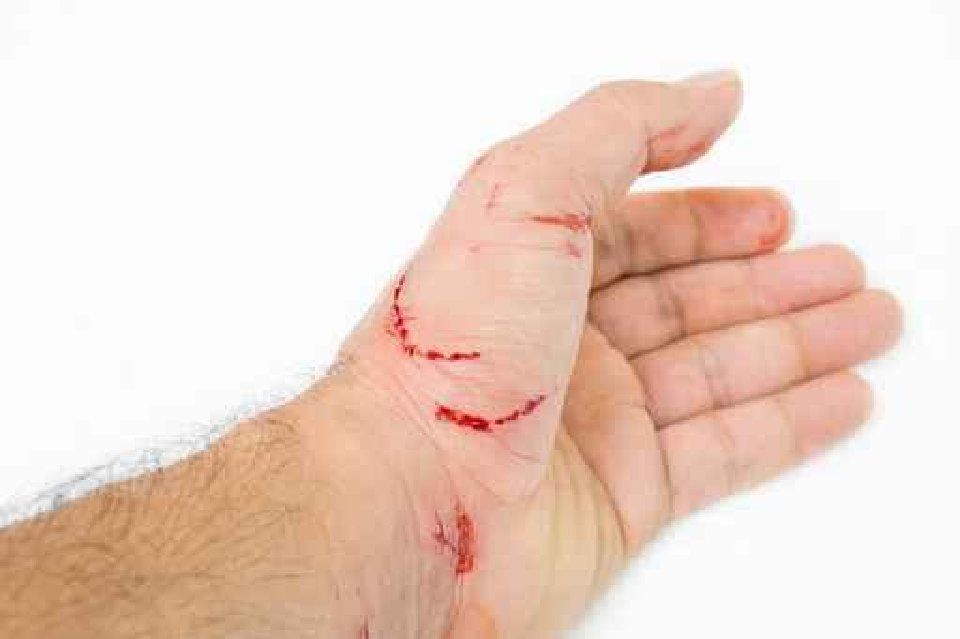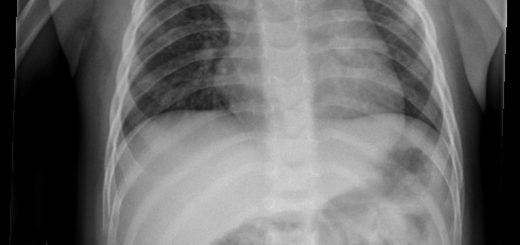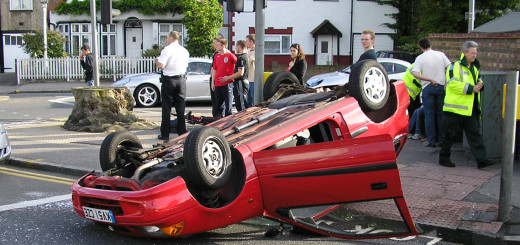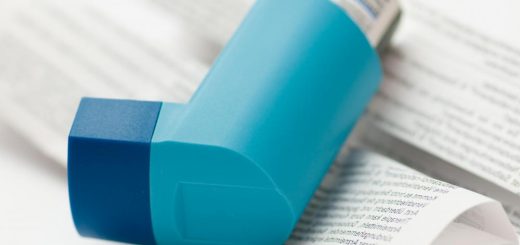First Aid for Animal and Insect Bites
An animal or insect bite or sting can be dangerous. Bites or stings can cause infection, pain, shock, an allergic reaction and in some cases death. It’s important to know the basic first aid steps for animal and insect bites.
Babies and young children are most at risk from animal bites. It’s not just the wounds caused by these bites, some insect and animal bites can be poisonous and lead to unconsciousness. Animal bites, especially from dogs, cats, foxes, rats, horses or bats can carry many germs including rabies. Wounds caused by animal bites are at a high risk of developing a bacterial infection. In serious cases, this can lead to the development of sepsis (blood poisoning).
If a person is bitten by a dog it is important to find out whether the dog has been ill or behaving strangely. Signs of rabies in a dog are foaming around the mouth and severe thirst. A person bitten by a dog with rabies will need to seek urgent medical attention to be given an anti-rabies vaccine.

Some people have major allergic reactions (anaphylaxis) to bee or other insect stings. Signs of an allergic reaction are swelling of the lips or throat, itching, difficulty breathing and sometimes death. It is important to get immediate medical attention if the person develops an allergic reaction.
Scorpion stings are painful but not normally fatal. Most spider bites are not dangerous, although some spiders have venom that can cause pain, swelling, fever, numbness, headache, sweating and nausea.
First Aid for Animal and Insect Bites
Check the scene for safety, to ensure the animal is no longer presenting a danger to yourself or the patient.
Check the person’s condition and perform a primary survey. Commence Basic Life Support if the patient is not breathing normally.
Assess any wounds caused by the bite. Remember, there may be multiple wounds so check the patient thoroughly.
First aid for animal bites:
- Stop any bleeding.
- Clean the wound with soap and running water.
- Apply clean dressing and cover the wound.
- Ask the person to identify the animal and describe the animal’s behaviour.
- Send the person to get professional medical attention. They may require antibiotics or stitches,
First aid for bee or wasp stings:
- Scrape away the sting if still in the wound. Try to avoid using tweezers
- Apply a cold pack to the wound to keep swelling down.
- If a person is allergic to bee stings, call for medical assistance.
First aid for a snake bite:
- Remain calm.
- Ask the person to lie down and keep still.
- Immobilize the bitten arm or leg.
- Use water to wash out the wound. Do NOT scrub the wound.
- Remove any jewellery, because swelling can spread quickly.
- Do NOT use a tourniquet or suction material.
- Do NOT cut the wound to remove the venom.
- Do NOT suck on the wound to remove the venom
- If possible, identify the type of snake.
- Transport to hospital, clinic or health centre immediately, while keeping the person as still as possible.
First aid for a Scorpion sting:
- Apply a cold pack to the wound to keep swelling down.
- Send for medical help if the pain does not decrease.





